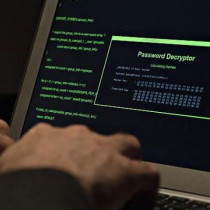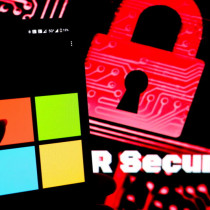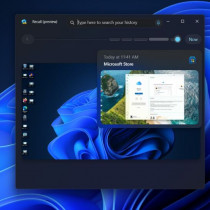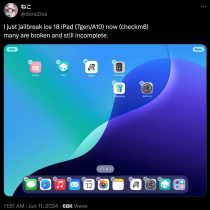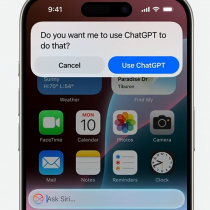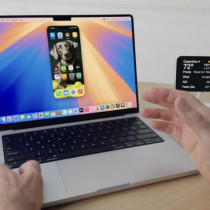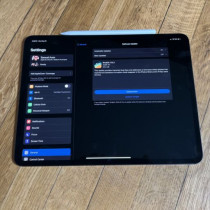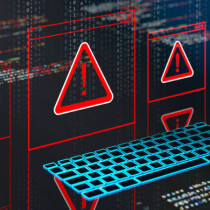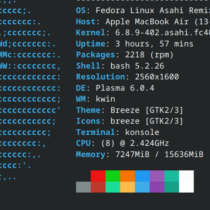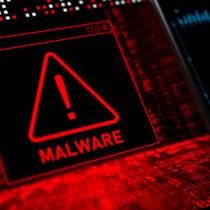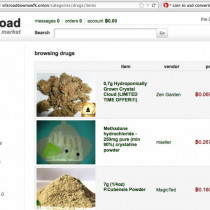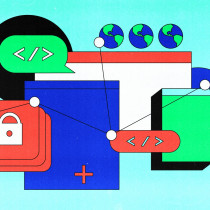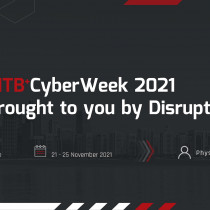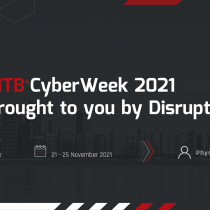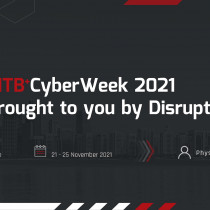How Apple put an end to iOS jailbreaking

"iPhone jailbreaking is dead" reads the headline. Four words signaling the end of a 10-year long battle between Apple and those who wanted open control of their iOS devices. Here is an admission in black and white that prominent members of the jailbreaking community are giving up on attacking iOS devices. Apple created a system where their engineers, like soldiers in a castle under siege, were able to outlast the besieging army; throwing back assault after assault, until the attackers, deciding the siege was no longer worthwhile, packed up and headed home.
Ten years ago, finding a jailbreak was fairly doable, though it required skill. As iOS jailbreaks became harder to find, however, they became more valuable. Zerodium publicly announced it would pay $1 million, now increased to $1.5 million, for a remote jailbreak flaw (e.g. remote code execution) on iOS. This effectively priced the jailbreak community out of the market for iOS vulnerabilities. Markets only assign commodities such value when they are rare and difficult to obtain. If somehow you remain unconvinced, consider that the last publicly available untethered (e.g. persistent across reboots) jailbreak was discovered over a year ago, and was part of the government-quality attack tool Pegasus. The current generation of jailbreaks require the user to run a jailbreak app every time they reboot.

